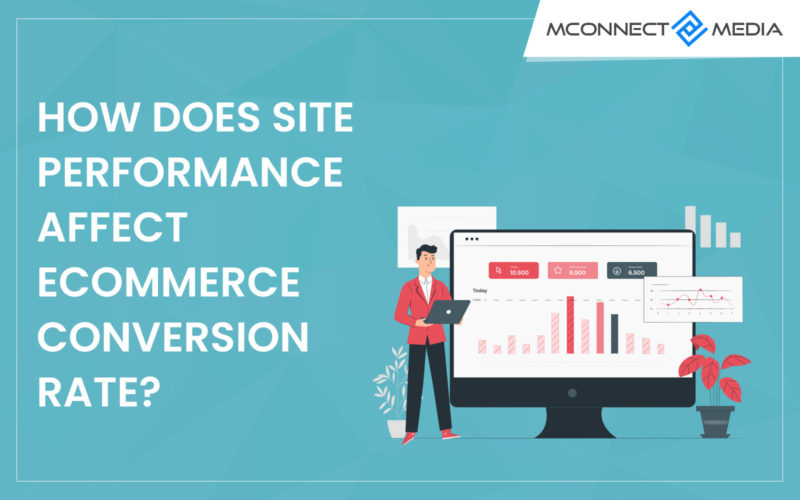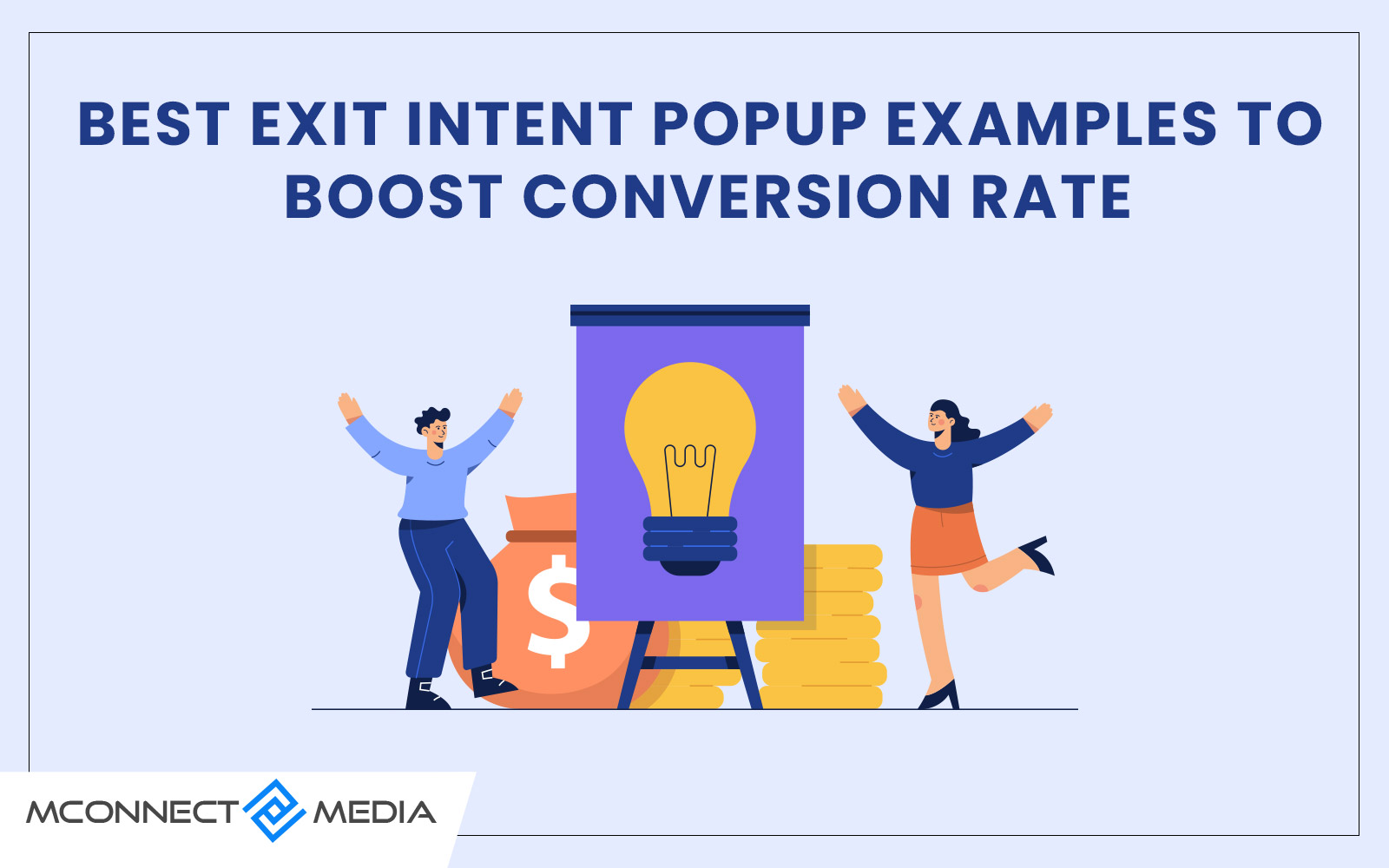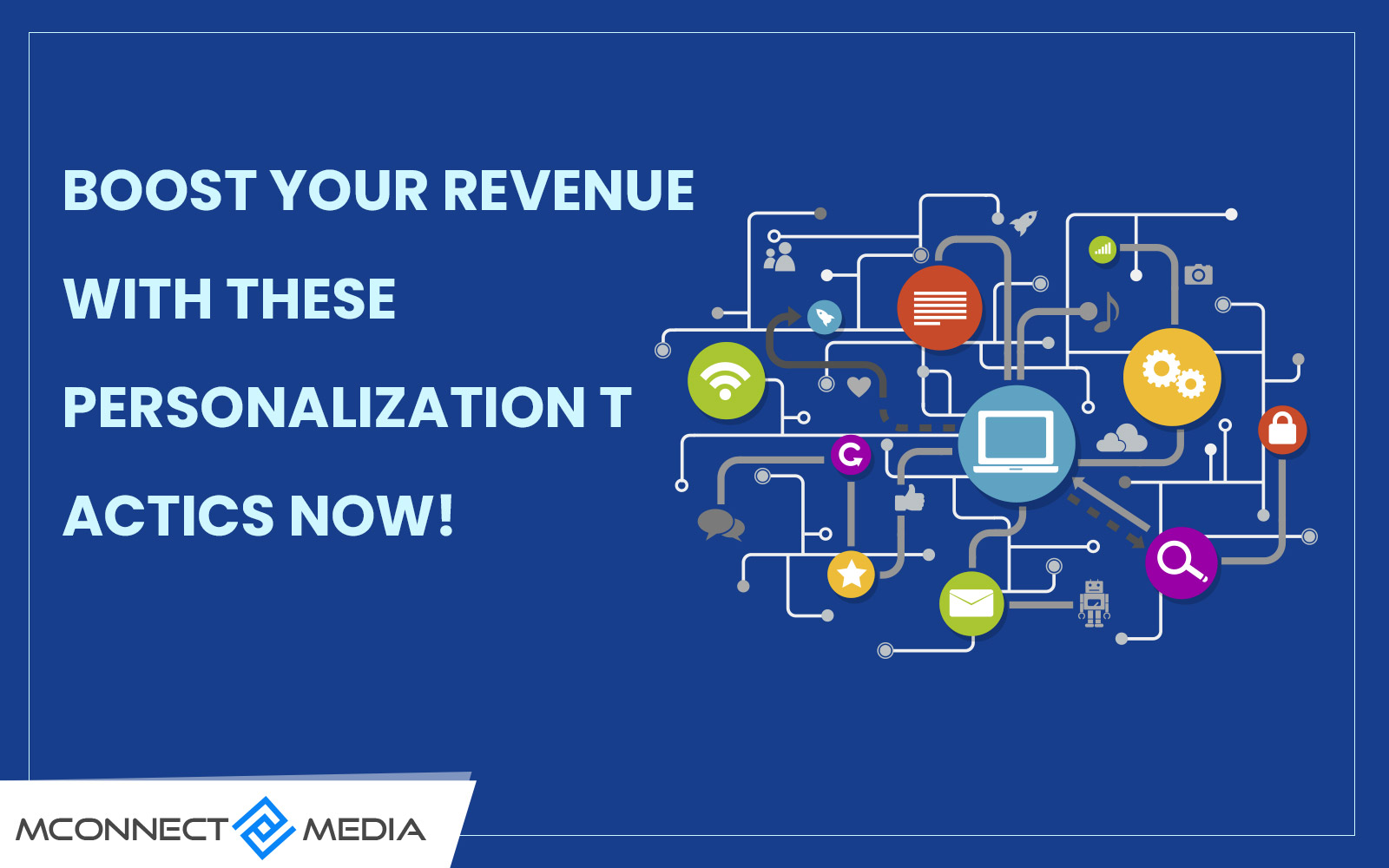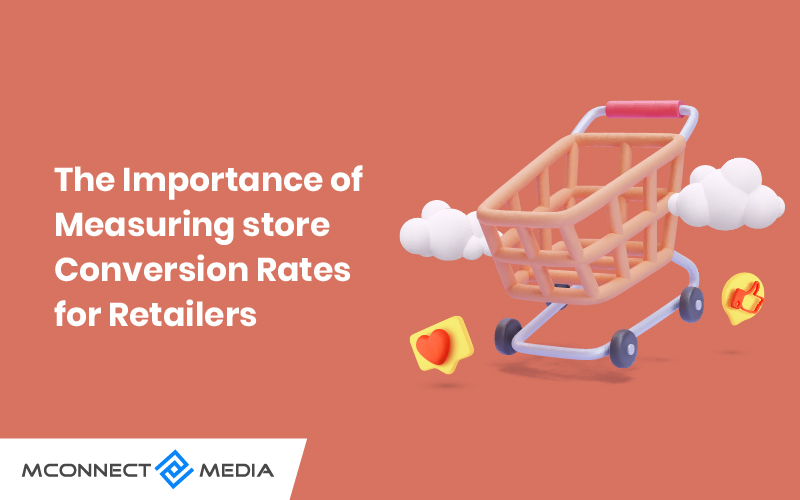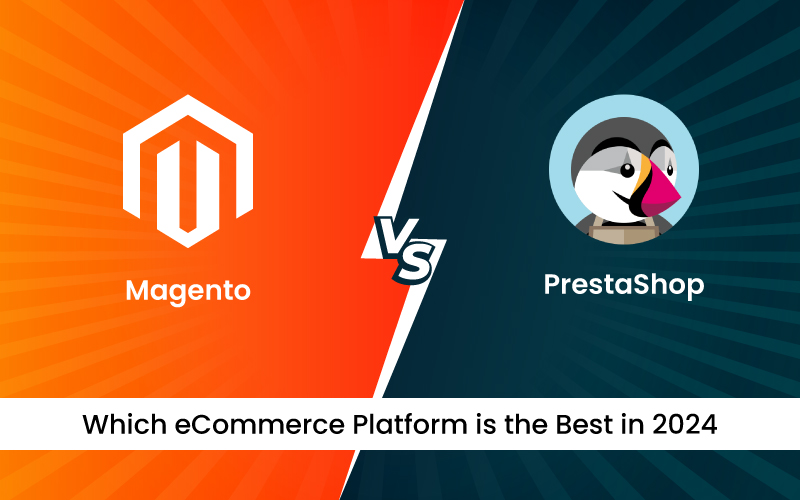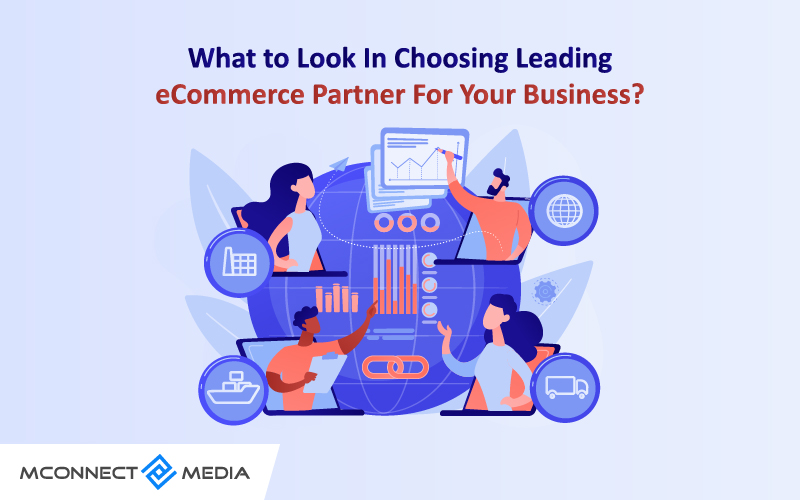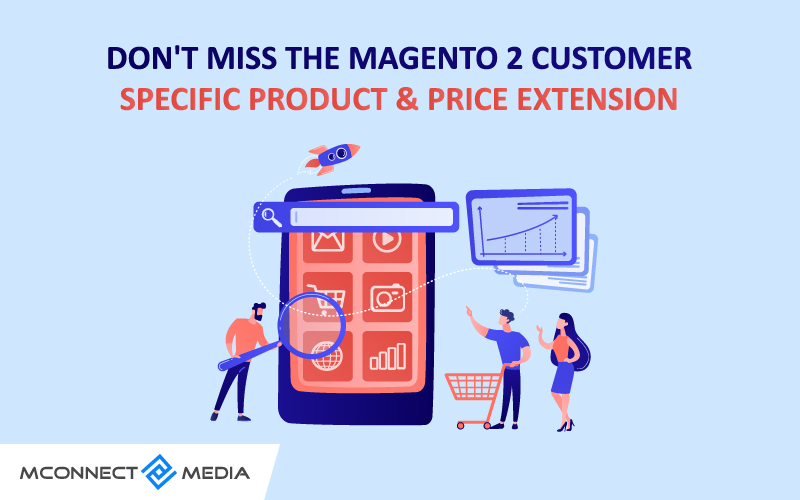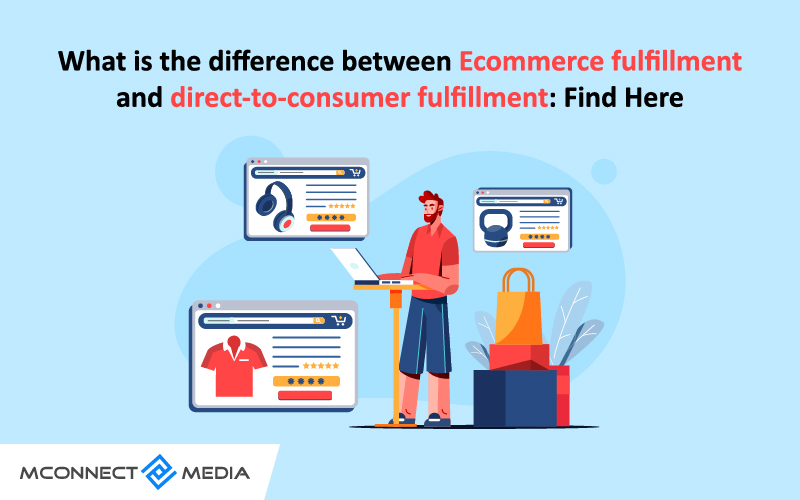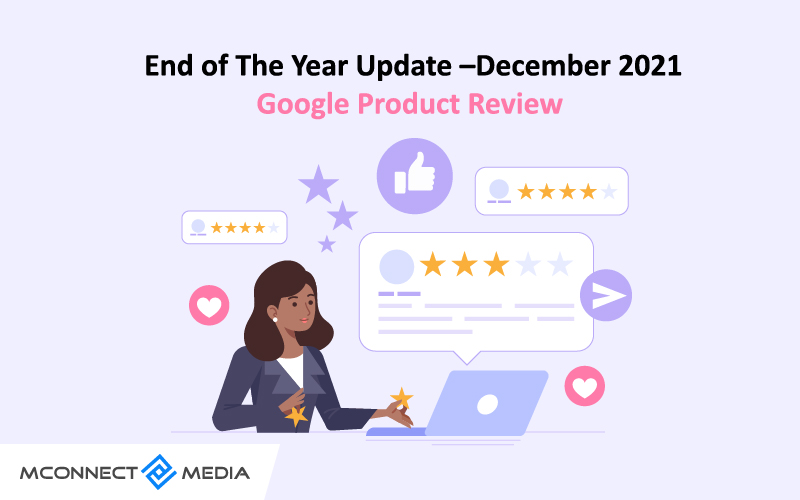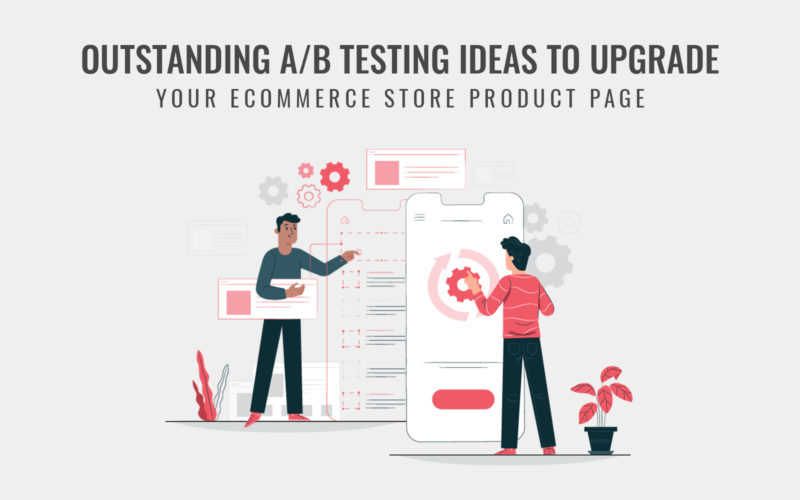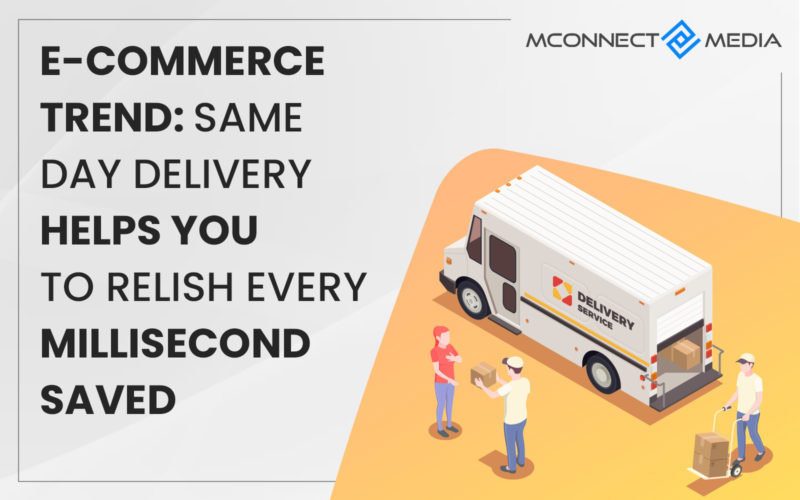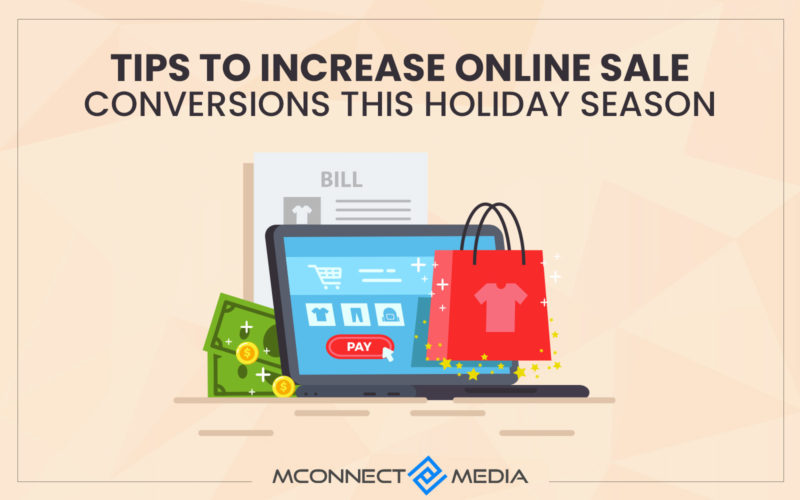Website speed is crucial for conversion rates. Imagine walking into a store where the staff is too slow to help you – it’s frustrating, right? The same goes for websites.
A faster webpage means a better user experience. This directly affects how well your website turns visitors into customers.
When your site loads quickly, visitors are more likely to stay, explore, and convert, reducing bounce rates and boosting sales.
In this blog, we’ll examine how your site speed impacts conversion rates.
Why is Site Performance so Important?
Let’s find it through shocking statistics!
- 37% of visitors click away if a website takes five seconds to load.
- 70% of customers say that site performance impacts their purchase decisions.
- A 1% of delay can cost you a 7% drop in conversions.
In short, website performance is very important, and we’ve put together this guide that will help you why. We’ll also look at the factors that contribute to slow sites and give some tips on how you can speed up your site.
The quicker your website’s load time is, the happier your visitors will be. This means, when you optimize your web page’s load time, you can see the big change in conversion rates, user experience, and sales revenue. Let’s discuss how it benefits in making a good impression and ranking.
Page load time is the first impression you make to your customers, visitors, and readers. The best-performing site will give your customer a better user experience. After all, fast load time is a sign of professionalism, efficiency, and trust.
The second and major benefit we can avail of a good performing site is search engine rankings. Google takes website speed as a consideration when ranking websites. Hence, having a good-performing website can help in top rankings.
What Factors Affect Site Performance?
1. Overuse of CSS (Cascading Style Sheet) & JavaScript:
The first and common problems with slow-running websites are CSS and JavaScript files that add functionalities and styling to your site’s front end. This is the main problem when it occurs with over-the-top content. This is the only reason you may feel your site runs very slow than the actual speed it has to.
What’s the Solution?
So what we can do in this case is to move the tracking code and scripting to a below-the-fold location. This is how you can improve the page performance with the first content paint of Google pagespeed insight.
What Pagespeed can do? It can analyze the website and provide helpful suggestions to make the site better and speedy. There are many tools available in the market to minify your CSS and JavaScript files.
2. Bad Hosting:
The second and most important factor that affects your site’s performance is bad hosting. Your hosting service and structure can hurt your eCommerce site performance (especially during massive traffic and transactions).
The famous eCommerce retailer Walmart has lost $9 million in just 150 minutes due to site crashes on high sales periods like Black Friday 2019. The mean is few minutes of downtime can cost you a lot.
Things to look while researching a hosting platform for your site is:
- Required memory limits for scaling especially during sales periods
- Traffic load to avoid crashes
Before any big sales event, ask your eCommerce platform provider to help you prepare for unexpected traffic spikes or several orders. Because your choice of hosting provider and the server that it uses to store your website can have a huge impact on site performance.
What you can do is choose the best hosting provider who can handle every jargon and keep you relaxed. So always choose a host and a plan that meets the needs of your website. For example, a website with massive traffic cannot perform well in shared hosting.
3. Internet Speed:
This is one of the common factors that affect your site’s performance. The type of internet network you have will affect the speed of any website loads. Too often, people who are using a dial-up internet connection got a problem loading the website. It doesn’t even matter whether your site is well-optimized or not because it’s going to take a long time. What you should do is make use of a fiber-optic or DLS connection because you can achieve the speed you required to run the website within a second.
4. File Types and Size:
This is very clear and acceptable because the bigger the file sizes on your website, the longer website takes time to load. This can be solved by improving connection speed because the faster the internet, the lesser the load time. This means with good internet speed, you can load larger files in less time.
Another way with you can improve the load time is by compressing and optimizing images for the web. This is how you can reduce the size of images and that will result in faster loading times. Besides, you can minify your code and optimize image formats to keep your files as small as possible.
A professional web development team from Mconnect Media can also help you optimize file types and size. And also help you improve site performance.
5. Checkout:
The finest place where people change their minds and leave the page. Yes, giving them a one-touch checkout is essential when it comes to getting back them to your store. For that, you need a smooth, speedy, and best checkout because that’s how they feel timeless experience. It is always a good idea to work with professional and experienced eCommerce development services for your site. Experienced and professional developers know the standards and have experience in making this happen.
6. Traffic Volume:
The next and common factor that affects a website’s performance is traffic volume. Generally, many websites have a set limit for bandwidth. In case, high traffic will always affect slower website performance, especially if you exceed the limit of the bandwidth.
If you have a good performing site with high traffic volume, that’s a great sign that you are doing well in the market. But if you don’t have a host with the bandwidth that your high-traffic site needs, you’ll not risk a slower website speed.
Therefore, keep an eye on your bandwidth and make sure you’re prepared to adjust it accordingly to keep up the performance.
Conclusion
These are some of the common factors that affect website performance and one of the prior things you look into when improving your site’s performance. If you find that your site is taking a long time in loading, don’t panic.
In this guide, we have mentioned all the factors that can affect your eCommerce site and slow down your site’s performance. If you find any of these relative to your current site performance, then get in touch with our eCommerce consulting services. We are the leading eCommerce solution provider in the market.
Need help with your eCommerce setup? M-connect Media can help you with any assistance and development you require. Contact our eCommerce expert now!


